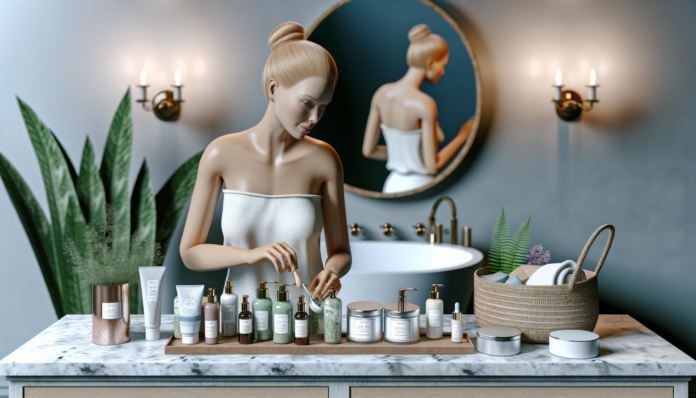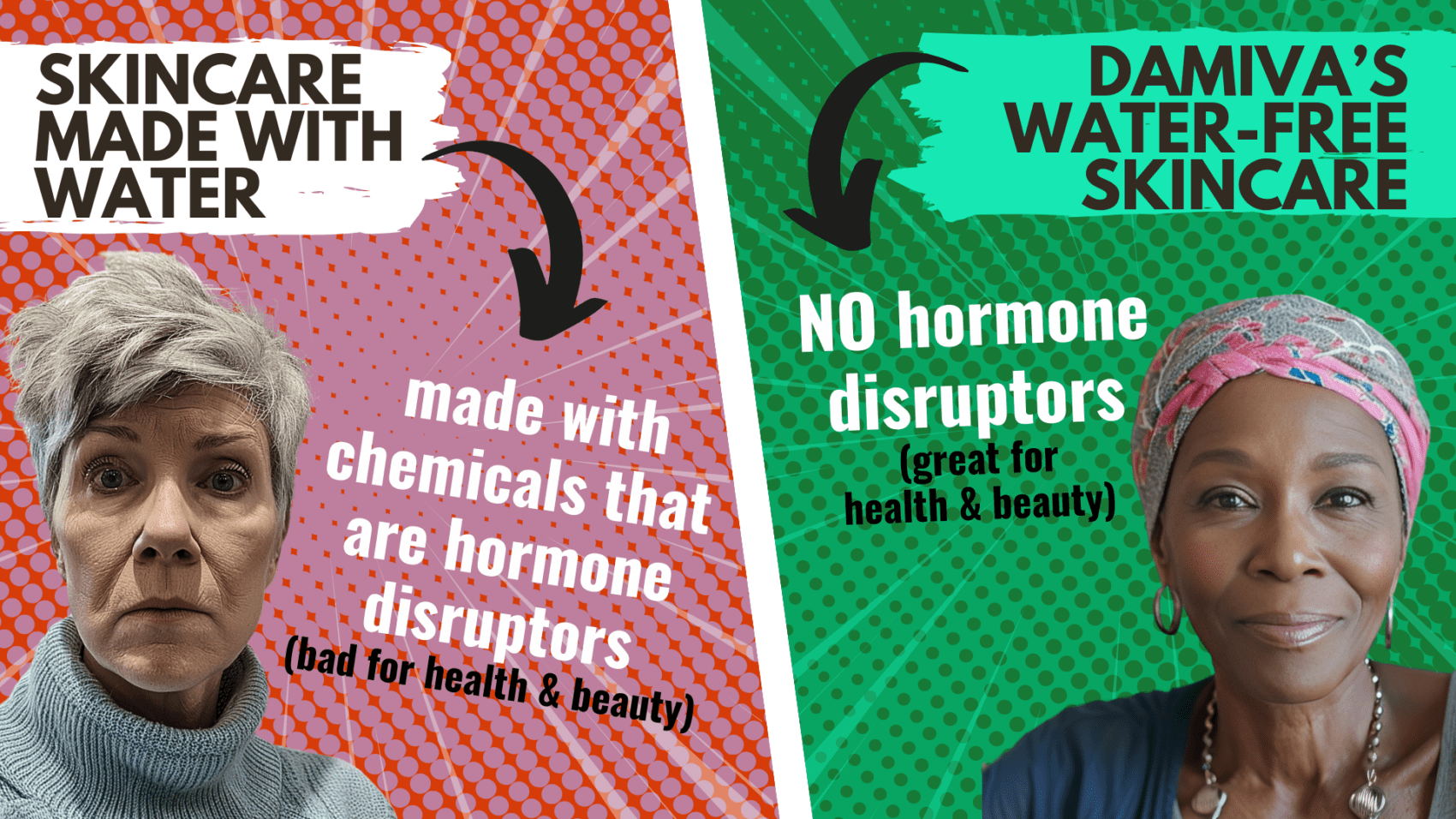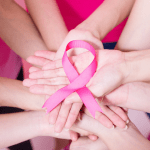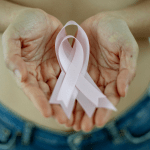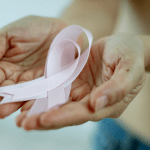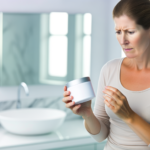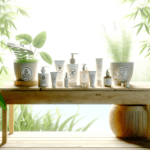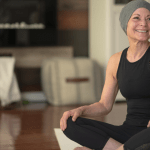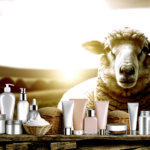Introduction
Understanding Breast Cancer Risk
Breast cancer is a multifaceted disease influenced by a combination of genetic, environmental, and lifestyle factors. While some risk factors such as age, family history, and genetic mutations like BRCA1 and BRCA2 are beyond our control, others are modifiable. Lifestyle choices, including diet, physical activity, and even the beauty products we use daily, can significantly impact our breast cancer risk. Understanding these risk factors empowers us to make informed decisions that can potentially reduce our risk of developing breast cancer.
The Role of Everyday Beauty Choices
The beauty industry is a multi-billion dollar sector that offers a plethora of products promising to enhance our appearance and boost our confidence. However, many of these products contain chemicals that may pose health risks, including an increased risk of breast cancer. Ingredients such as parabens, phthalates, and synthetic fragrances are known endocrine disruptors that can interfere with hormonal balance, a critical factor in breast cancer development. By making conscious choices about the beauty products we use, we can minimize our exposure to these harmful chemicals and contribute to our overall breast health.
Purpose of the Article
The primary aim of this article is to shed light on the connection between everyday beauty choices and breast cancer risk. We will explore the scientific evidence linking certain beauty product ingredients to breast cancer, provide practical tips for choosing safer skincare, hair care, and makeup products, and discuss lifestyle changes that complement a holistic approach to breast health. By the end of this article, you will be equipped with the knowledge and tools to make informed decisions that prioritize your health without compromising on beauty.
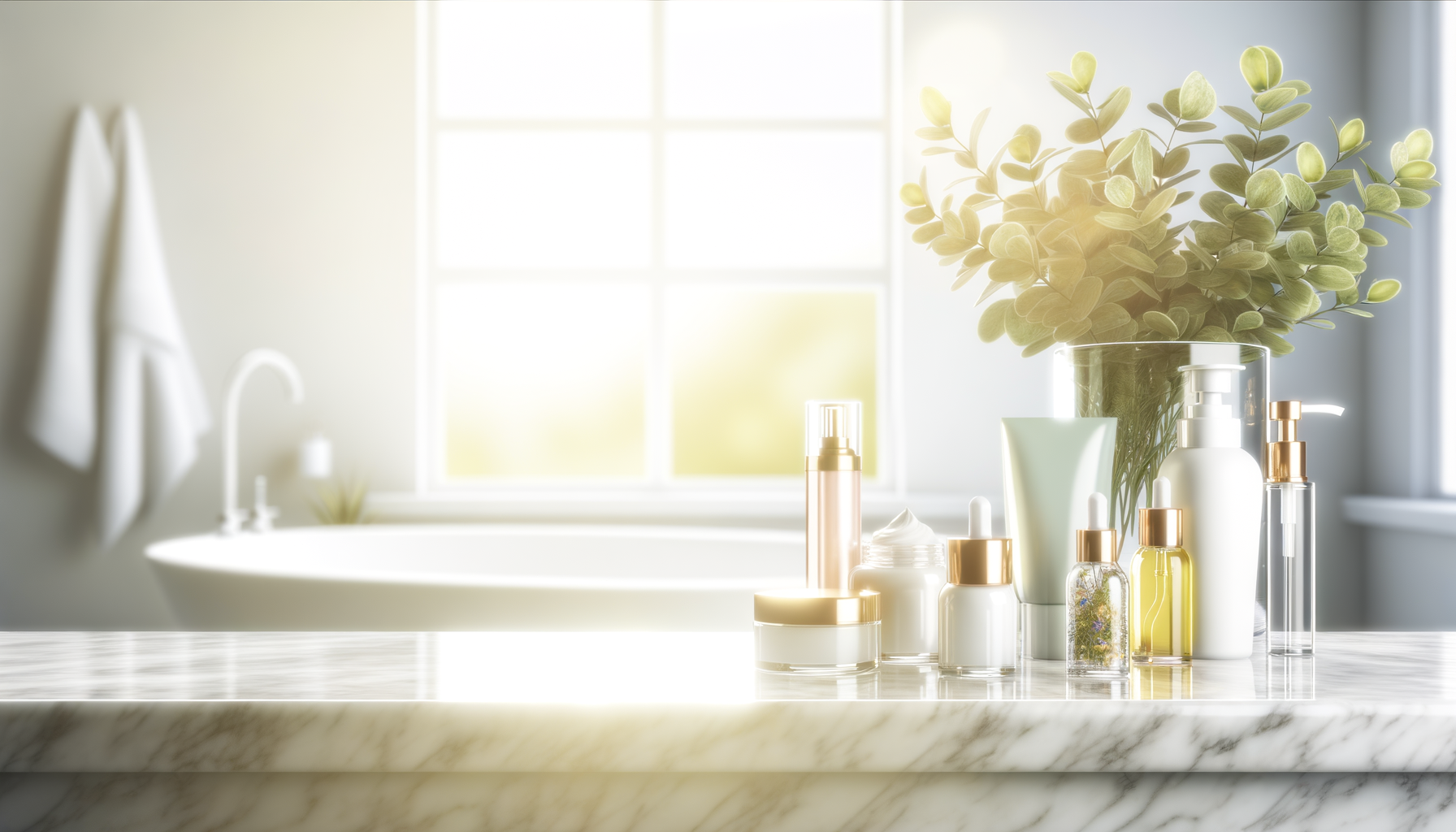
Popular Read: Endocrine Disruptors in Skincare: What You Need to Know
The Connection Between Beauty Products and Breast Cancer
Endocrine Disruptors in Beauty Products
Endocrine disruptors are chemicals that can interfere with the body’s hormonal system. These substances are found in many everyday beauty products, including shampoos, lotions, and cosmetics. Endocrine disruptors can mimic or block hormones and disrupt the body’s normal functions, potentially leading to adverse health effects such as breast cancer. According to research by Tamarra James-Todd, Ph.D., an environmental reproductive epidemiologist at the Harvard T.H. Chan School of Public Health, chemicals like phthalates and parabens, commonly found in personal care products, can disrupt the endocrine system, particularly during pregnancy. This disruption can increase the risk of breast cancer later in life.
Common Harmful Chemicals to Avoid
Several chemicals in beauty products have been linked to an increased risk of breast cancer. Here are some of the most common ones to avoid:
- Phthalates: Often found in fragrances, nail polishes, and hair sprays, phthalates can disrupt the endocrine system and have been linked to breast cancer.
- Parabens: Used as preservatives in cosmetics and skincare products, parabens can mimic estrogen, a hormone involved in the development of breast cancer.
- Triclosan: An antibacterial agent found in some soaps and toothpaste, triclosan can disrupt thyroid function and has been linked to breast cancer.
- Formaldehyde: Used in nail polish and hair treatments, formaldehyde is a known carcinogen.
- Fragrance: The term “fragrance” can hide a cocktail of chemicals, including endocrine disruptors and allergens. It’s best to choose fragrance-free products or those that disclose all fragrance ingredients.
Scientific Studies and Findings
Scientific research has increasingly shown a connection between the chemicals in beauty products and breast cancer risk. For instance, studies conducted by James-Todd and her colleagues have demonstrated that endocrine-disrupting chemicals like phthalates and parabens are present in higher concentrations in the urine of non-Hispanic Black and Hispanic women compared to White women. This disparity is concerning because these chemicals are linked to adverse pregnancy outcomes and increased breast cancer risk later in life.
Moreover, the American Cancer Society highlights that while short-term health effects of cosmetics are often tested, long-term impacts, including cancer risk, are less understood. Laboratory studies have shown that many substances known to cause cancer in humans also cause cancer in lab animals. However, the reverse is not always true, and the doses used in lab studies are often much higher than those encountered in everyday use.
Despite these challenges, the evidence suggests that reducing exposure to harmful chemicals in beauty products can lower the risk of breast cancer. Apps like Silent Spring Institute’s Detox Me and databases such as the Campaign for Safe Cosmetics’ Chemicals of Concern can help consumers identify and avoid products with harmful ingredients.
In summary, being aware of the chemicals in beauty products and making informed choices can significantly reduce the risk of breast cancer. By opting for products free from endocrine disruptors and other harmful chemicals, individuals can take proactive steps towards better health.
Choosing Safer Skincare Products
Identifying Natural and Organic Ingredients
When it comes to skincare, opting for products with natural and organic ingredients can significantly reduce your exposure to harmful chemicals. **Natural ingredients** are derived from plants, minerals, or animals and are minimally processed. **Organic ingredients** go a step further, being grown without synthetic pesticides, fertilizers, or genetically modified organisms (GMOs). Look for certifications such as USDA Organic, Ecocert, or COSMOS to ensure the authenticity of organic claims.
Some beneficial natural ingredients to look for include:
- Aloe Vera: Known for its soothing and hydrating properties.
- Shea Butter: Excellent for moisturizing and healing the skin.
- Green Tea Extract: Rich in antioxidants, it helps combat free radicals.
- Jojoba Oil: Mimics the skin’s natural oils, making it great for all skin types.
DIY Skincare Recipes
Creating your own skincare products at home can be a fun and effective way to ensure you’re using safe ingredients. Here are a couple of simple DIY recipes:
Honey and Oatmeal Face Mask:
- 1 tablespoon of raw honey
- 1 tablespoon of finely ground oatmeal
- Mix together and apply to your face. Leave on for 15-20 minutes before rinsing off with warm water.
Coconut Oil and Sugar Scrub:
- 1/2 cup of coconut oil
- 1/2 cup of granulated sugar
- Mix together and use as a body scrub to exfoliate and moisturize your skin.
Reading and Understanding Labels
Navigating skincare product labels can be daunting, but it’s crucial for making informed choices. Here are some tips to help you decode labels:
- Ingredients List: Ingredients are listed in descending order of concentration. The first five ingredients usually make up the bulk of the product.
- Avoid Harmful Chemicals: Steer clear of parabens, phthalates, formaldehyde, and synthetic fragrances, which are linked to health risks including hormone disruption and cancer.
- Look for Certifications: Certifications like USDA Organic, Ecocert, and COSMOS can help you identify products that meet stringent safety and environmental standards.
- Be Wary of Greenwashing: Terms like “natural” and “eco-friendly” are not regulated and can be misleading. Always check the ingredient list and certifications.
By making informed choices about the skincare products you use, you can significantly reduce your exposure to harmful chemicals and contribute to your overall health and well-being.
Hair Care Choices for Reducing Risk
Shampoos and Conditioners: What to Look For
When selecting shampoos and conditioners, it’s crucial to be mindful of the ingredients. Many conventional hair care products contain harmful chemicals such as sulfates, parabens, and phthalates, which can act as endocrine disruptors and potentially increase breast cancer risk. **Sulfates** are harsh detergents that can strip the scalp of natural oils, while **parabens** are preservatives that mimic estrogen in the body. **Phthalates**, often found in fragrances, can also interfere with hormonal balance.
To reduce risk, opt for products labeled as **sulfate-free**, **paraben-free**, and **phthalate-free**. Look for shampoos and conditioners that use natural and organic ingredients such as aloe vera, coconut oil, and shea butter. Brands that are certified by organizations like **USDA Organic** or **EcoCert** are generally safer choices. Additionally, using fragrance-free products can further minimize exposure to potentially harmful chemicals.
Natural Hair Treatments
Natural hair treatments can be an excellent alternative to chemical-laden products. Ingredients like **coconut oil**, **argan oil**, and **apple cider vinegar** can provide nourishment and improve hair health without the risks associated with synthetic chemicals. For instance, coconut oil can be used as a deep conditioning treatment, while apple cider vinegar can serve as a natural clarifying rinse to remove buildup and balance the scalp’s pH.
Here are a few DIY recipes for natural hair treatments:
– **Deep Conditioning Mask**: Mix 2 tablespoons of coconut oil with 1 tablespoon of honey. Apply to damp hair, leave on for 30 minutes, and rinse thoroughly.
– **Clarifying Rinse**: Combine 1 part apple cider vinegar with 2 parts water. After shampooing, pour the mixture over your hair, let it sit for a few minutes, and rinse out.
– **Nourishing Hair Oil**: Blend equal parts argan oil and jojoba oil. Apply a small amount to the ends of your hair to reduce frizz and add shine.
Avoiding Harmful Hair Dyes and Treatments
Hair dyes and chemical treatments often contain a cocktail of harmful substances, including **ammonia**, **resorcinol**, and **PPD (p-phenylenediamine)**, which have been linked to increased cancer risk. To minimize exposure, consider using **natural hair dyes** made from plant-based ingredients like henna, indigo, and cassia. These alternatives can provide vibrant color without the associated health risks.
If you must use conventional hair dye, look for brands that are **ammonia-free** and **PPD-free**. Additionally, reducing the frequency of dyeing and opting for highlights or lowlights instead of full color can lessen chemical exposure.
For those who frequently use heat styling tools, consider reducing their use or switching to **heat-free styling methods**. Heat can damage hair and make it more susceptible to absorbing harmful chemicals from other products. Embrace natural textures and styles to keep your hair healthy and reduce the need for chemical treatments.
By making informed choices about shampoos, conditioners, hair treatments, and dyes, you can significantly reduce your exposure to harmful chemicals and lower your breast cancer risk.
Makeup and Cosmetic Safety
Choosing Non-Toxic Makeup
Selecting non-toxic makeup is a crucial step in reducing breast cancer risk. Many conventional cosmetics contain harmful chemicals such as parabens, phthalates, and formaldehyde-releasing preservatives, which are linked to endocrine disruption and cancer. To make safer choices, look for products that are labeled as “paraben-free,” “phthalate-free,” and “formaldehyde-free.” Additionally, consider using resources like the Silent Spring Institute’s Detox Me app, Clearya, Think Dirty, or Skin Deep to identify harmful ingredients in products as you shop. These tools can help you scan barcodes and provide information on the safety of the ingredients listed.
Safe Application Practices
Even when using non-toxic makeup, safe application practices are essential to minimize exposure to potentially harmful substances. Here are some tips to follow:
- Wash Your Hands: Always wash your hands before applying makeup to reduce the transfer of germs and chemicals.
- Use Clean Brushes and Sponges: Regularly clean your makeup brushes and sponges to prevent the buildup of bacteria and old makeup residue.
- Avoid Sharing Makeup: Sharing makeup can lead to the spread of bacteria and viruses. Keep your products personal.
- Check Expiration Dates: Makeup products have a shelf life. Using expired products can increase the risk of skin irritation and infection.
Alternatives to Conventional Makeup
For those looking to further reduce their exposure to harmful chemicals, there are several alternatives to conventional makeup:
- Mineral Makeup: Mineral makeup is often free from harmful chemicals and is made from natural minerals. It provides good coverage and is suitable for sensitive skin.
- Organic and Natural Brands: Brands like RMS Beauty, Ilia, and 100% Pure offer organic and natural makeup products that are free from synthetic chemicals and preservatives.
- DIY Makeup: Creating your own makeup at home using natural ingredients like cocoa powder, beetroot powder, and arrowroot powder can be a fun and safe alternative.
By making informed choices about the makeup products you use and adopting safe application practices, you can significantly reduce your exposure to harmful chemicals and lower your risk of breast cancer. Remember, every small step counts towards a healthier and safer beauty routine.
By the way, something for you, a little gift!!!
I am just in the middle of publishing my book. It’s about How women can balance their hormones. One part is about food and diet, of course.
Follow this link and enter your email.
I will send you this part of the book for free once the book is published. It has many concrete, practical tips and recipes and will help you feel better during menopause or times of Big hormonal fluctuations.
Annette, Damiva Lead for Health & Wellness

Lifestyle Choices to Complement Beauty Routines
Diet and Nutrition for Skin Health
A balanced diet rich in nutrients is essential for maintaining healthy skin and reducing the risk of breast cancer. **Plant-based foods** such as whole grains, vegetables, fruits, and beans are loaded with vitamins, minerals, fiber, and antioxidants. These foods can help lower estrogen levels, which is associated with a reduced risk of breast cancer. Cruciferous vegetables like broccoli, kale, cauliflower, and Brussels sprouts are particularly noteworthy for their cancer-fighting properties.
**Soy products** like tofu and soy milk can also be beneficial. Estrogen-like compounds in soy can act as protective substances by binding to estrogen receptors, thereby reducing the body’s absorption of real estrogen. However, moderation is key, with 2-3 servings a day being beneficial.
**Limiting processed meats** such as hot dogs, bacon, and lunch meats is also crucial, as these have been linked to an increased risk of various cancers, including breast cancer. Instead, opt for alternatives like beans, chickpeas, and lentils.
Exercise and Its Impact on Hormonal Balance
Regular physical activity is one of the most effective ways to reduce the risk of breast cancer. Exercise helps regulate hormones like estrogen and insulin, which can fuel cancer growth. The recommended guideline is at least **150 minutes of moderate to vigorous exercise** or **75 minutes of vigorous exercise** per week, along with two to three weekly sessions of strength training.
Breaking up sedentary behavior is also beneficial. Simple actions like setting an alarm to stand up every hour, doing seated exercises, or taking short walks can make a significant difference. Activities such as walking, running, hiking, biking, swimming, and sports like tennis and soccer are excellent ways to stay active.
Stress Management Techniques
Chronic stress can negatively impact hormonal balance and overall health, potentially increasing the risk of breast cancer. Effective stress management techniques can help mitigate these risks. **Mindfulness practices** such as meditation, deep breathing exercises, and yoga can be incredibly beneficial. Yoga, in particular, combines physical activity with stress relief, making it a dual-purpose practice.
**Social support** is another crucial element in managing stress. Engaging in social activities, spending time with loved ones, and participating in community events can provide emotional support and reduce stress levels. Additionally, hobbies and activities that bring joy and relaxation, such as reading, gardening, or listening to music, can also be effective stress relievers.
Incorporating these lifestyle choices into your daily routine can complement your beauty regimen and contribute to overall health and well-being, significantly reducing the risk of breast cancer.

Do you have the most commonly used but toxic, disease bringing chemicals in your skin care? Many chemicals in skincare are hormone disruptors and make menopause symptoms worse.
Find out more…
Conclusion
Recap of Key Points
Throughout this article, we have explored the significant impact that everyday beauty choices can have on reducing the risk of breast cancer. We began by understanding the role of endocrine disruptors and harmful chemicals commonly found in beauty products. Scientific studies have shown a clear link between these chemicals and increased breast cancer risk. We then discussed safer alternatives in skincare, hair care, and makeup, emphasizing the importance of natural and organic ingredients, DIY recipes, and reading labels. Additionally, we highlighted lifestyle choices such as diet, exercise, and stress management that complement a beauty routine aimed at reducing breast cancer risk.
Empowering Women to Make Informed Choices
Empowerment comes from knowledge and the ability to make informed decisions. By understanding the potential risks associated with certain beauty products and lifestyle choices, women can take proactive steps to protect their health. **Reading ingredient labels**, avoiding products with vague terms like “fragrance” or “parfum,” and opting for natural and organic alternatives are practical steps that can make a significant difference. Moreover, incorporating a balanced diet, regular exercise, and effective stress management techniques can further reduce the risk of breast cancer. The goal is to create a holistic approach to health and beauty that prioritizes well-being and minimizes exposure to harmful substances.
Additional Resources and Support
For those looking to delve deeper into this topic and find additional support, several resources are available:
- Silent Spring Institute: Offers extensive research on chemicals and breast cancer, along with the Detox Me app to help avoid harmful chemicals.
- EWG’s Skin Deep Database: A comprehensive resource for checking the safety of personal care products.
- Think Dirty App: Helps identify harmful ingredients in beauty products by scanning barcodes.
- Clearya: A web browser extension that flags harmful ingredients while you shop online.
- American Cancer Society: Provides guidelines on diet, physical activity, and other lifestyle factors for cancer prevention.
By utilizing these resources, women can stay informed and make choices that align with their health goals. Remember, the journey to reducing breast cancer risk is ongoing and involves making conscious decisions every day. Empower yourself with knowledge, take proactive steps, and seek support when needed. Together, we can create a healthier future.
